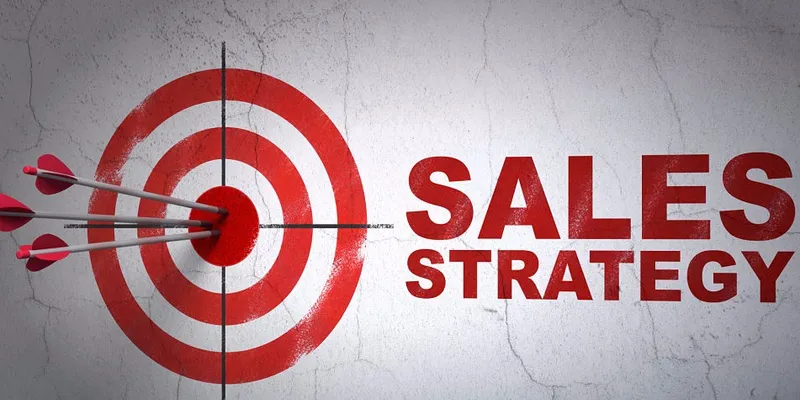

5 tips for developing your 2017 sale strategy
An effective sales strategy depends on quantifiable research and analysis

Sales Strategy
An effective sales strategy depends on quantifiable research and analysis. This must be combined with careful consideration of risk-reward factors and strong fundamentals, said Daniel Y. Kalenov.
Efficacious sales are a deliberate, thoughtful process that is likely to initiate over and over again in business. You need a simultaneous business strategy and operations in mind to accomplish business goals much easier.
Many small business, entrepreneurs, and salespeople are incapable of realizing the results they desire, the reason is usually the same - They usually don’t incorporate sales strategy in business model.
Suffice it to say, you can’t sell things here and there. You can’t approach your audience, whenever you want. When it comes to the sale, you need to involve - a strategy, a process, a way to proceed so that you can measure and monitor your audience.
Initiating the process incorporates persistence, energy, and focus. You entail operational plan in place and start the process. Once you establish continuity, it becomes easier to maintain. Still, you require attention to your business strategies and operations, sticking with it unfold results and gradually rise - the more you pedal. On the other hand, if you hold discontinuity, you lay off the process that contribute towards failure.
Now, the disclosing the tips for entrepreneurs (especially women entrepreneur), small business, and salespeople to create your win-win sales strategy. Here’s how:
Define Your Target Market.
Finding ideal customers is the foundation of sales approach. Your selling model depends on your ideal audience, who are positioned, ready, and eager to buy. Working strategically through the selling model requires an initial approach to the target audience and pursue these individuals eventually turn into paying customers. Define the ideal customer by considering:
• What is the 'sweet spot' for the budgets you realistically expect customers to have?
• Are your ideal customers located in a specific geographic area, or can you stretch?
• What needs and desires do your ideal customers have that your offering can fulfil?
Defining the Sales Objective
In an effective sales strategy model, marketers require thinking of sales in terms of specific objectives. A target to convince a prospect to buy is not sufficed. Instead, each prospect objectives should be held in a strategic model similar to the strategic models used in generating leads. Define sales objectives strategically by:
• Approaching the prospect with a specific value proposal tied to a specific range of your products and services that meet their requirements.
• Outlining your timeline incorporating a well-paced sale as part of your objective.
• Targeting a defined outcome that you want to see out of the sale, such as meeting the prospect's needs with a unique offering while leaving the door open to others.
Inviting the Prospect to the Next Steps in the Sales Pipeline
No sales pitch! If prospects will not move further down the sales pipeline after initial contact. Therefore, your first approach towards your targeted customers should focus on moving prospects to the next steps for converting them into a lead. Ensure that your prospects move down the sales pipeline by:
• Committing at each point of contact for future contacts, such as a follow-up, presentation, or proposal.
• Maximizing your time so that you are consistently following up the most promising leads and prospects to keep them in the sales pipeline.
• Staying aware of the next step of each prospect you are working with in order to move the process forward.
Asking For the Sale

Sales
Asking for the sale is the smartest part of a strategic selling model. Although, prospects will rarely initiate a close on their own. While taking a strategic approach to sales, significantly analyze a situation, determining the right time to step forward in closing. Consider the following:
• Does they are ideal influencers for deal showing buy-in, or does further work need to be done achieving consensus?
• Is there an acceptable level of understanding of the offering and its application to the prospect's needs?
• Are the price factors - budget, authority, readiness - in place for the prospect to make a decision?
If you find - YES to these questions, you can step forward and ask for the sale.
Overcoming Objections
While approaching selling model strategically, you need to include a plan to respond to buyer’s objections before objections arise. Working strategically unite your and prospects' objectives, where you find a lot of prospects willingly become part of your selling model. Anticipate prospects' objections paying close attention to their - personalities, buying styles, and budgets in order to respond and assure the likelihood of a close.





.jpg?mode=crop&crop=faces&ar=1%3A1&format=auto&w=1920&q=75)

